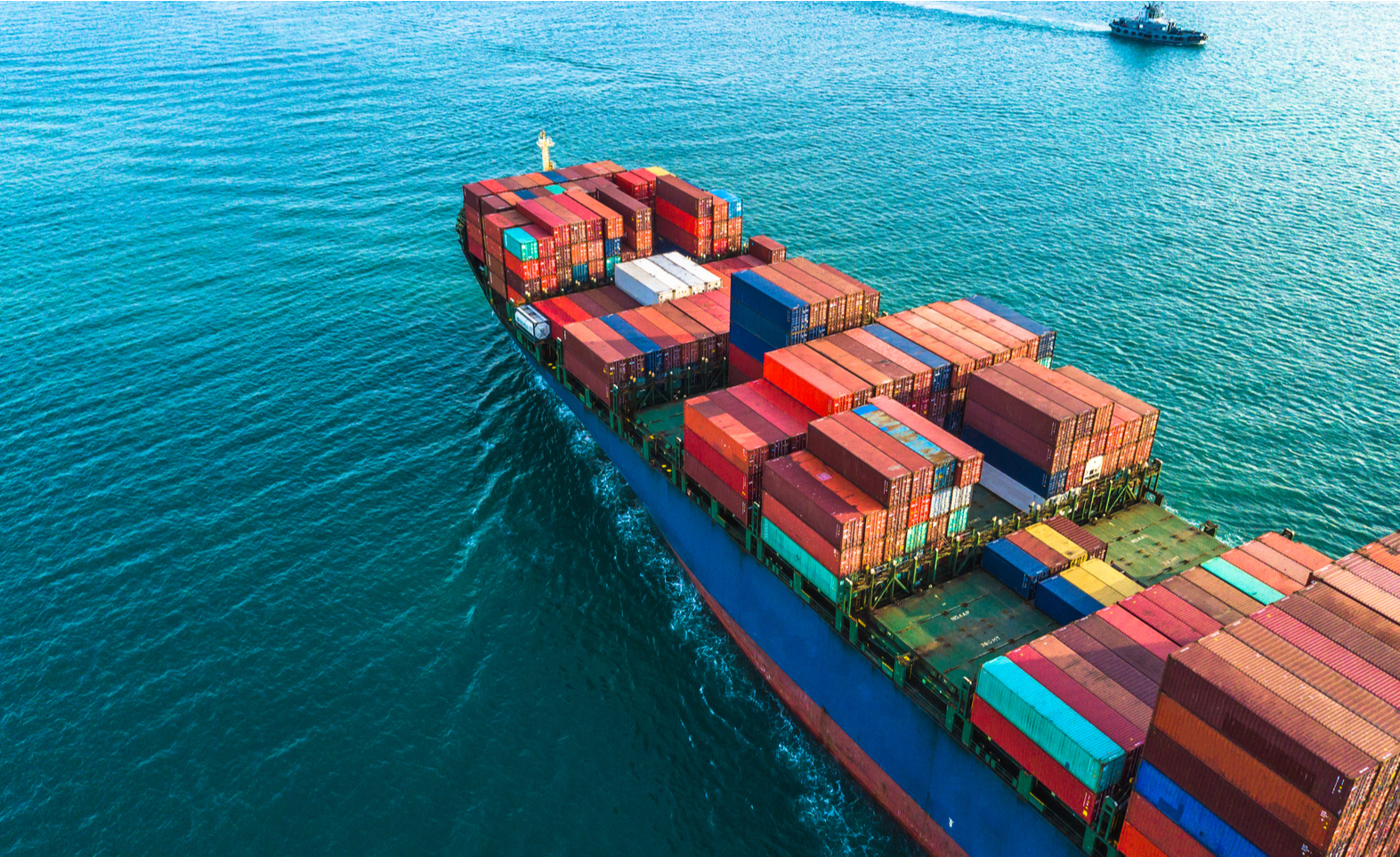Stagnant Merchandise Exports Forecasted for FY24 Amidst Global Economic Downturn

Stagnant Merchandise Exports Forecasted for FY24 Amidst Global Economic Downturn
Merchandise exports are a crucial driver of economic growth for many countries, serving as a barometer of their international trade prowess.
In FY24, the global economy faces headwinds that threaten to stall export growth, leaving many nations to grapple with the challenge of maintaining their trade balance and economic stability.

Trade experts and businesses from significant export-oriented industries now discount their optimism and anticipate that India’s goods exports, in value terms, may remain unchanged in FY24 as compared to FY23, mostly because of a slowdown in global demand and a decline in commodity prices.
According to Ajay Sahai, director general of the Federation of Indian Export Organisations (FIEO), “there is a slowdown in demand for several value-added goods, including consumer goods, because of the high inflation and rising interest rates.” “I think we’ll still export goods worth around $450 billion in FY24 (the same as last year),” Sahai said. God’s exports were predicted by FIEO to reach $500 billion in the current fiscal year in June.
According to preliminary data given by the commerce ministry, India’s merchandise exports decreased 11.9% year over year in the first five months of the current fiscal year to $172.95 billion. Even though exports declined in August for the seventh consecutive month, the rate of decline decreased from double digit levels to 6.86% for the month.

In April through August, exports of gems and jewellery, organic and inorganic chemicals, and both decreased by 15.5% and 26.2%, respectively.
This year, exports have struggled due to a combination of low commodity prices and a downturn in global demand, whereas last year, exporters benefited from high commodity prices.
The global economy in FY24 is marked by uncertainty and a slowing pace of growth. Multiple factors contribute to this economic deceleration, including:
- Supply Chain Disruptions: The lingering effects of the COVID-19 pandemic continue to disrupt global supply chains, leading to delays in production and shipping.
- Inflationary Pressures: Rising prices for commodities and raw materials have led to inflationary pressures in many countries, making exports more expensive.
- Trade Tensions: Geopolitical tensions and trade disputes between major economies, such as the United States and China, have hampered global trade flows.
- Decline in Consumer Confidence: Uncertainty around the ongoing pandemic and economic conditions has led to a decline in consumer confidence, affecting demand for imported goods.
- Emerging Economies: Many emerging economies heavily rely on merchandise exports as a primary source of revenue. A slowdown in export growth can hamper economic development and job creation in these nations.
- Commodity-Dependent Economies: Countries heavily reliant on commodities, like oil and minerals, may experience a decline in export revenues due to fluctuating commodity prices.
- Manufacturing Exporters: Nations with strong manufacturing sectors may face reduced export opportunities as global demand for non-essential goods declines.

Exporting countries should diversify their export base to reduce dependence on a single product or market. Exploring new export opportunities can help mitigate risks.Strengthening supply chains and investing in technology can reduce disruptions and enhance production efficiency.
Governments should enact reforms to improve the business environment, promote innovation, and foster a competitive export sector.Exploring new trade agreements or expanding existing ones can open up new markets and create opportunities for exporters.
The digitalization of trade processes can play a pivotal role in overcoming export challenges. E-commerce platforms, online marketplaces, and digital payment systems enable exporters to reach global customers more efficiently. Additionally, digital technologies can enhance supply chain visibility, reducing the risk of disruptions.

Merchandise exports in FY24 are anticipated to remain flat due to a confluence of global economic challenges. These challenges include supply chain disruptions, inflation, trade tensions, and declining consumer confidence. While this presents a formidable obstacle for exporting countries, there are ways to mitigate the impact.
Governments, businesses, and stakeholders must work together to foster resilience, diversify export portfolios, and embrace digitalization. In doing so, nations can navigate the turbulent export landscape and position themselves for long-term economic growth and stability in an increasingly uncertain world.




